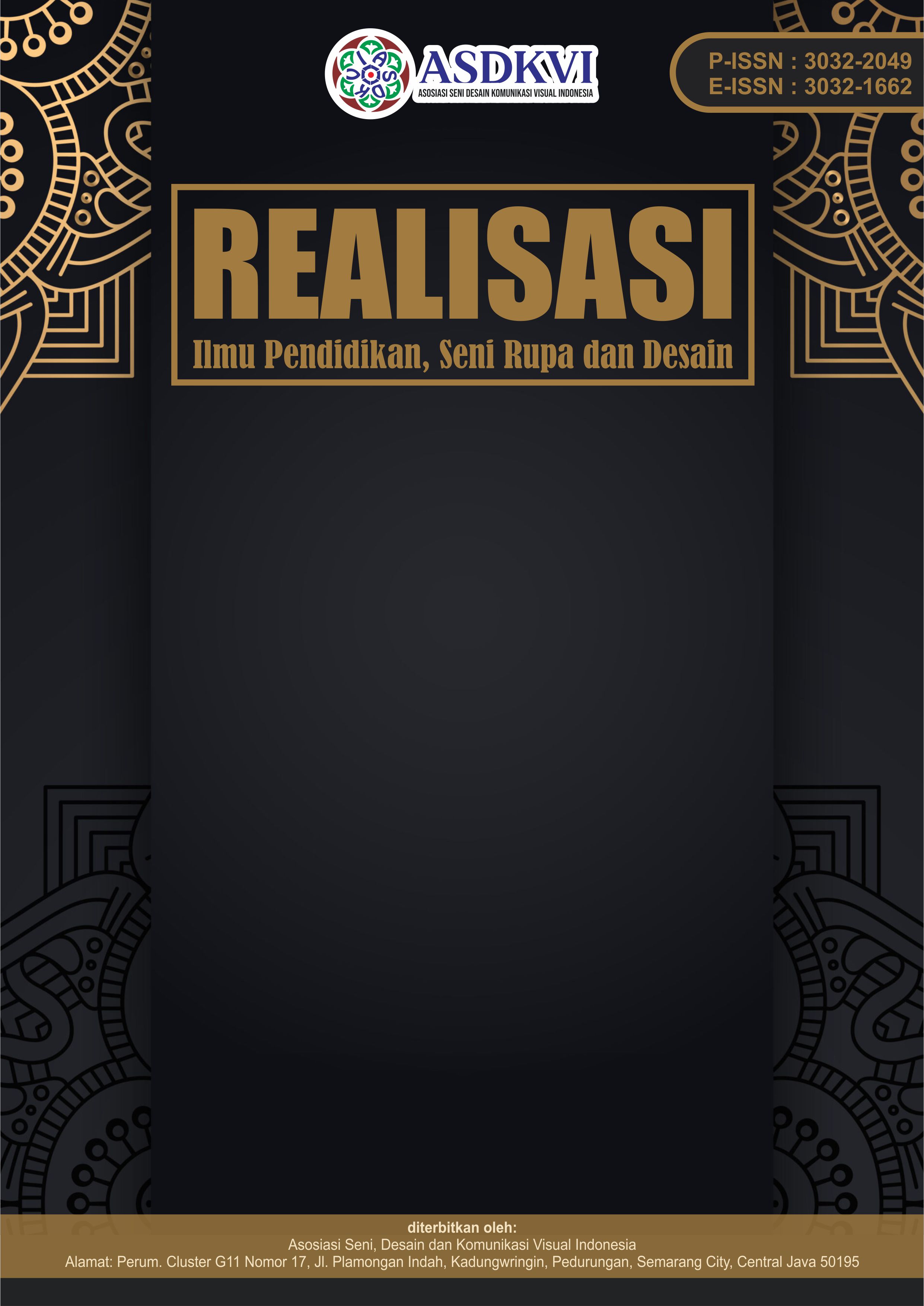Jejak Sejarah dalam Struktur: Studi Perkembangan Bentuk Bangunan Masjid Layur di Kota Semarang
DOI:
https://doi.org/10.62383/realisasi.v2i3.652Keywords:
Layur Mosque, Architecture, History, SemarangAbstract
Layur Mosque is one of the historic mosques in Semarang City that holds high architectural and cultural value. Built in the 18th century by the Arab community in the Pekojan area, this mosque has undergone various physical changes that reflect the dynamics of its social, cultural, and environmental surroundings. This study aims to examine the development of the Layur Mosque's architectural form over time through a qualitative descriptive approach. Data was collected through direct observation, literature review, and interviews with community leaders and mosque administrators. The findings reveal that the changes in the mosque's architectural form can be divided into several phases, starting from its initial tropical-style design with Middle Eastern influences, to modern renovations that retain distinctive elements such as the minaret and overlapping roof. These changes were not only driven by functional needs but also influenced by the cultural and social development of the local community. These findings emphasize that the structure of a mosque can serve as a visual historical source reflecting the journey of a community over time.
References
Artanias, A. (2023). Art Center Budaya Desa Saradan Wonogiri Sebagai Konservasi Budaya Dengan Pendekatan Arsitektur Postmodern Historicism (Doctoral dissertation, Universitas Muhammadiyah Surakarta).
Departemen Pendidikan dan Kebudayaan. (1993). Masjid-Masjid Bersejarah di Indonesia. Direktorat Sejarah dan Nilai Tradisional.
Dinas Kebudayaan dan Pariwisata Kota Semarang. (2023). Masjid Layur. Dinas Kebudayaan Dan Pariwisata Kota Semarang. https://pariwisata.semarangkota.go.id/frontend/web/index.php?r=site%2Fdaya-tarik-wisata-description&id=23
Fitriyani, F. (2022). Potensi Daya Tarik Wisata Religi Masjid Menara Kampung Melayu Kota Semarang.
Kurniati, R. (2023). Arahan Pelestarian Kampung Melayu sebagai Kawasan Cagar Budaya (Berdasarkan Identifikasi Bangunan Bersejarah dan Aktivitas Budaya). Jurnal Ruang, 9(1), 12–23.
Mattin, A., Fitrianto, A., & Devi, S. M. (2022). Kajian Morfologi Kota Balikpapan. Jurnal Arsitektur Display, 1(1), 1-9.
Monica, M., Ayu, A. P., & Purnawan, B. I. (2024). Pengembangan Kawasan Konservasi Heritage Kampung Melayu, Kota Semarang. Jurnal Informatika, Sistem Informasi Dan Kehutanan (FORSINTA), 3(2), 126–140.
Nurhidayah, A. D., Widiastuti, E. H., & Nuryanti. (2019). Peran Masjid Menara Layur Terhadap Persebaran Agama dan Kebudayaan di Semarang. Historica Education Journal, 3(2), 25–30.
Ridha, N. A. (2023). Akurasi Arah Kiblat Masjid Menara Layur dan Respon Masyarakat perspektif Kampung Melayu.
Safuan, A. (2025, March 3). Masjid Layur Semarang dengan Menara Unik Memanfaatkan Mercusuar Pelabuhan. Media Indonesia. https://mediaindonesia.com/ramadan/748634/masjid-layur-semarang-dengan-menara-unik-memanfaatkan-mercusuar-pelabuhan-
Sururi, M. M. (2024, July 1). Menelusuri Akulturasi Budaya di Masjid Layur Semarang yang Berusia 200 Tahun. Neohistoria. https://www.neohistoria.com/sejarah/76455962/menelusuri-akulturasi-budaya-di-masjid-layur-semarang-yang-berusia-200-tahun
Wahyono, S. B. P., & Maharani, M. R. (2024). Masjid Agung Banten Dalam Kajian Antropologi Arsitektur. Merdeka Indonesia Jurnal International, 4(2), 471-481.
Winarti, R. (2024). Development of Mosque Architecture in Islamic Civilization and Its Context in Indonesia. Jurnal Iman Dan Spiritualitas, 4(3), 217–228.
Downloads
Published
How to Cite
Issue
Section
License
Copyright (c) 2025 Realisasi : Ilmu Pendidikan, Seni Rupa dan Desain

This work is licensed under a Creative Commons Attribution-ShareAlike 4.0 International License.





